详细说明
Purity
>90%, by SDS-PAGE under reducing conditions and visualized by Colloidal Coomassie® Blue stain at 5 μg per lane
Endotoxin Level
<0.1 EU per 1 μg of the protein by the LAL method.
Activity
Measured by its ability to transfer GlcNAc from UDP-GlcNAc to Recombinant Drosophila Notch EGF20 (Catalog # ). The specific activity is >0.7 pmol/min/μg, as measured under the described conditions. See Activity Assay Protocol on www.RnDSystems.com
Source
Mouse myeloma cell line, NS0-derived His23-Lys523, with C-terminal 6-His tag
Accession #
N-terminal Sequence
AnalysisHis23
Predicted Molecular Mass
59 kDa
SDS-PAGE
57-61 kDa, reducing conditions
8116-GT |
| |
Formulation Supplied as a 0.2 μm filtered solution in Tris and NaCl. | ||
Shipping The product is shipped with polar packs. Upon receipt, store it immediately at the temperature recommended below. | ||
Stability & Storage: Use a manual defrost freezer and avoid repeated freeze-thaw cycles.
|
Assay Procedure
Materials
Assay Buffer: 25 mM Tris, 10 mM MgCl2, 10 mM CaCl2, pH 7.5
Recombinant Mouse EOGT (rmEOGT) (Catalog # 8116-GT)
Recombinant Drosophila Notch EGF20 (Notch peptide) (Catalog # )
UDP-GlcNAc (Sigma, Catalog # U4375), 50 mM stock in 50% EtOH
Glycosyltransferase Activity Kit (Catalog # )
96-well Clear Plate (Costar, Catalog # 92592)
Plate Reader (Model: SpectraMax Plus by Molecular Devices) or equivalent
Dilute 1 mM Phosphate Standard provided by the Glycosyltransferase Kit by adding 40 µL of the 1 mM Phosphate Standard to 360 µL of Assay Buffer for a 100 µM stock.
Prepare standard curve by performing seven one-half serial dilutions of the 100 µM Phosphate stock in Assay Buffer. The standard curve has a range of 0.039 to 2.5 nmol per well.
Dilute UDP-GlcNac to 10 mM in Assay Buffer.
Dilute Coupling Phosphatase I to 20 ng/µL in Assay Buffer.
Prepare reaction mixture containing 0.8 mM UDP-GlcNAc, 0.2 mg/mL Notch Peptide and 4 ng/µL Coupling Phosphatase I in Assay Buffer.
Dilute rmEOGT to 20 ng/µL in Assay Buffer.
Load 50 µL of each dilution of the standard curve into a plate. Include a curve blank containing 50 μL of Assay Buffer.
Load 25 µL of the 20 ng/µL rmEOGT into the plate. Include a Control containing 25 µL of Assay Buffer.
Add 25 µL of reaction mixture to the wells, excluding the standard curve and curve blank.
Incubate sealed plate at 37 ºC for 4 hours.
Add 30 µL of the Malachite Green Reagent A to all wells. Mix briefly.
Add 100 µL of deionized water to all wells. Mix briefly.
Add 30 µL of the Malachite Green Reagent B to all wells. Mix and incubate for 20 minutes at room temperature.
Read plate at 620 nm (absorbance) in endpoint mode.
Calculate specific activity:
Specific Activity (pmol/min/µg) = | Phosphate released* (nmol) x (1000 pmol/nmol) |
| Incubation time (min) x amount of enzyme (µg) |
*Derived from the phosphate standard curve using linear or 4-parameter fitting and adjusted for Control.
Per Reaction:
rmEOGT: 0.5 µg
Coupling Phosphatase I: 0.1 µg
Notch Peptide: 5 µg
UDP-GlcNAc: 0.4 mM
Background: EOGT
O-GlcNAc (O-linked beta -N-acetylglucosamine) results from the addition of a single N-acetyl-glucosamine residue to serine/threonine residues. O-GlcNAc is involved in many cellular processes such as nutrient sensing, stress response, transcription, translation, cell signaling and cell cycle regulation (1). It is also involved in many human diseases including diabetes, Alzheimer’s disease and cancer (2). O-GlcNAc shares many features with protein phosphorylation, a fundamental mechanism for intracellular communication (3, 4). The modification occurs on nuclear and cytosolic proteins (3), and has been recently discovered on extracellular proteins (5). Unlike other types of glycosylation, O-GlcNAc is not elongated into complex oligosaccharides. O-GlcNAc is introduced by a single intracellular O-GlcNAc transferase (OGT) (6) and a single extracellular O-GlcNAc transferase (EOGT) (7), and removed by O-GlcNAcase (OGA) (8). EOGT is involved in the regulation of Notch receptor (9). Mutation of EOGT results in autosomal recessive Adams-Oliver syndrome (10, 11). The enzymatic activity of recombinant mouse EOGT was determined using a phosphatase-coupled assay (12).
References:
Hart, G. W. et al. (2007) Nature, 446:1017.
Slawson, C., et al. (2006) J. Cell Biochem. 97:71.
Comer, F. I. and Hart, G. W. (2001), Biochemistry 40:7845.
Love, D. C. and Hanover, J. A. (2005), Sci. STKE 2005: re13.
Sakaidani, Y. et al. (2011) Nat. Commun. 2:583.
Haltiwanger, R. S. et al. (1990) J. Biol. Chem. 265:2563.
Sakaidani, Y. et al. (2012), Biochem. Biophys. Res. Commun. 419:14.
Gao, Y. et al. (2001), J. Biol. Chem. 276: 9838-45.
Muller, R. et al. (2013) PLoS One 8:e62835.
Cohen, I. et al. (2013) Eur. J. Hum. Genet. Online publication ahead of print.
Shaheen, R. et al. (2013) Am. J. Hum. Genet. 92 :598.
Wu, Z.L. et al. (2011) Glycobiology 21:727.
Long Name:
EGF Domain-specific O-linked N-acetylglucosamine (GlcNAc) Transferase
Entrez Gene IDs:
285203 (Human); 101351 (Mouse)
Alternate Names:
AER61 glycosyltransferase; AER61; C3orf64; chromosome 3 open reading frame 64; EC 2.4; EOGT; FLJ13078; FLJ33770; FLJ41219; MGC34132







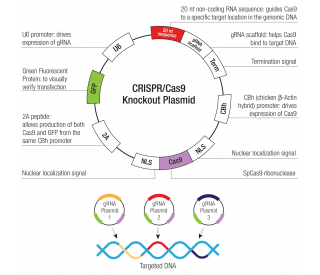
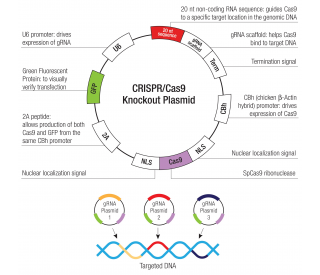
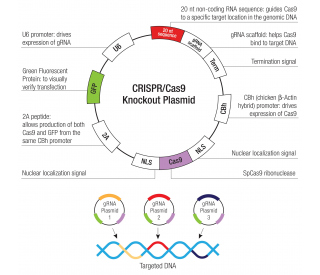
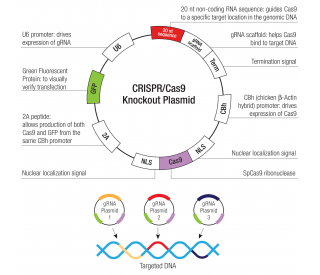
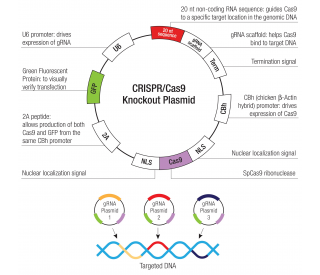
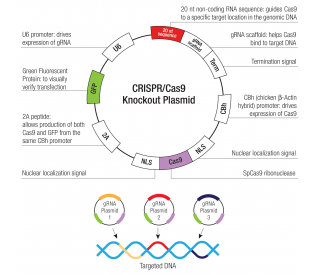



 粤公网安备44196802000105号
粤公网安备44196802000105号